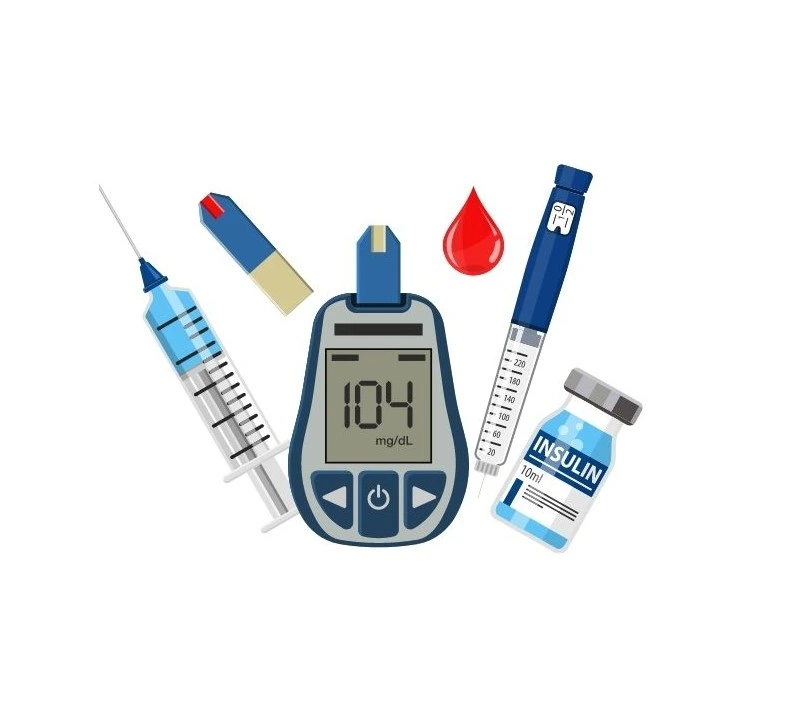
How to do Insulin dosage calculations are essential for individuals with diabetes who need to administer insulin to manage their blood sugar levels effectively.
The goal is to determine the correct amount of insulin required based on factors such as blood sugar levels, carbohydrate intake, physical activity, and individual insulin sensitivity.
WHAT IS NORMAL BLOOD GLUCOSE LEVEL?
There are different types of insulin and methods for calculating dosage, but the most common approach involves the use of insulin-to-carbohydrate ratios and correction factors.
Here’s an explanation of how insulin dosage calculations work.
Table of Contents
ToggleINSULIN-TO-CARBOHYDRATE RATIO (ICR)
The insulin-to-carbohydrate ratio, also known as the carbohydrate-to-insulin ratio, helps determine how much insulin is needed to cover the carbohydrates consumed in a meal.
This ratio varies from person to person and may differ based on factors like time of day or individual insulin sensitivity.
The ICR is usually expressed as units of insulin per grams of carbohydrates.
To calculate the insulin dose for a meal using the ICR:
- Determine the ICR: Your healthcare provider will help you determine your personalized ICR.
A common starting point is 1 unit of insulin for every 10 to 15 grams of carbohydrates (1:10 or 1:15).
- Count the Carbohydrates: Estimate the total number of grams of carbohydrates in your meal.
This can be done using food labels, carb-counting apps, or a reference book.
- Calculate the Insulin Dose: Divide the total grams of carbohydrates in the meal by your ICR to get the insulin dose for that meal.
Example: If your ICR is 1:10 and your meal contains 50 grams of carbohydrates, the insulin dose would be 50 / 10 = 5 units of insulin.
CORRECTION FACTOR (INSULIN SENSITIVITY FACTOR)
The correction factor, also known as the insulin sensitivity factor, helps adjust insulin doses to bring blood sugar levels back into the target range when they are above the desired range (hyperglycemia).
The correction factor represents how much one unit of insulin will lower blood sugar levels.
It is usually expressed as milligrams per deciliter (mg/dL) or millimoles per liter (mmol/L).
To calculate the correction insulin dose:
- Determine the Correction Factor: Your doctor provider will help you determine your correction factor based on your insulin sensitivity and target blood sugar range.
Common correction factors are 1 unit of insulin for every 50 mg/dL or 2 mmol/L above the target range.
- Measure Blood Sugar: Check your blood sugar level before a meal or as directed by your healthcare provider.
- Calculate the Correction Insulin Dose: Subtract the target blood sugar level from your current blood sugar level and divide the result by your correction factor.
Example: If your correction factor is 1:50 and your current blood sugar level is 180 mg/dL, and your target is 120 mg/dL, the correction dose would be (180-120) / 50 = 1.2 units of insulin.
TOTAL INSULIN DOSE
To determine the total insulin dose for a meal, add the insulin dose calculated using the ICR and the correction insulin dose together.
IMPORTANT CONSIDERATIONS
- Always follow your doctor’s instructions for insulin dosage calculations, as individual needs may vary.
- Regularly monitor your blood sugar levels to adjust insulin doses as needed.
- Consult with your healthcare provider or diabetes educator to adjust your insulin dosage calculations and make any necessary adjustments to your diabetes management plan.
Remember that insulin dosage calculations are an essential part of diabetes self-management, and proper understanding and accurate calculations can greatly contribute to maintaining stable blood sugar levels and overall well-being.
